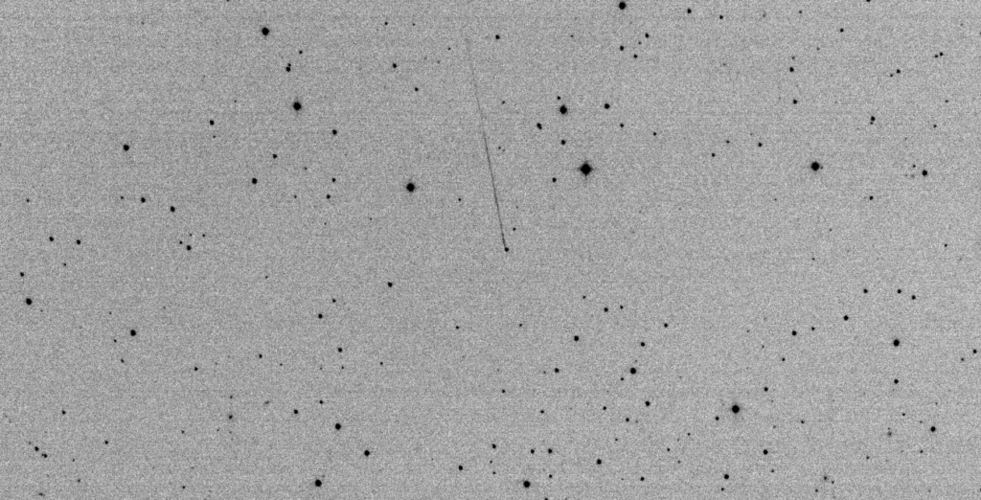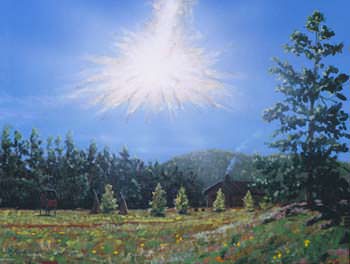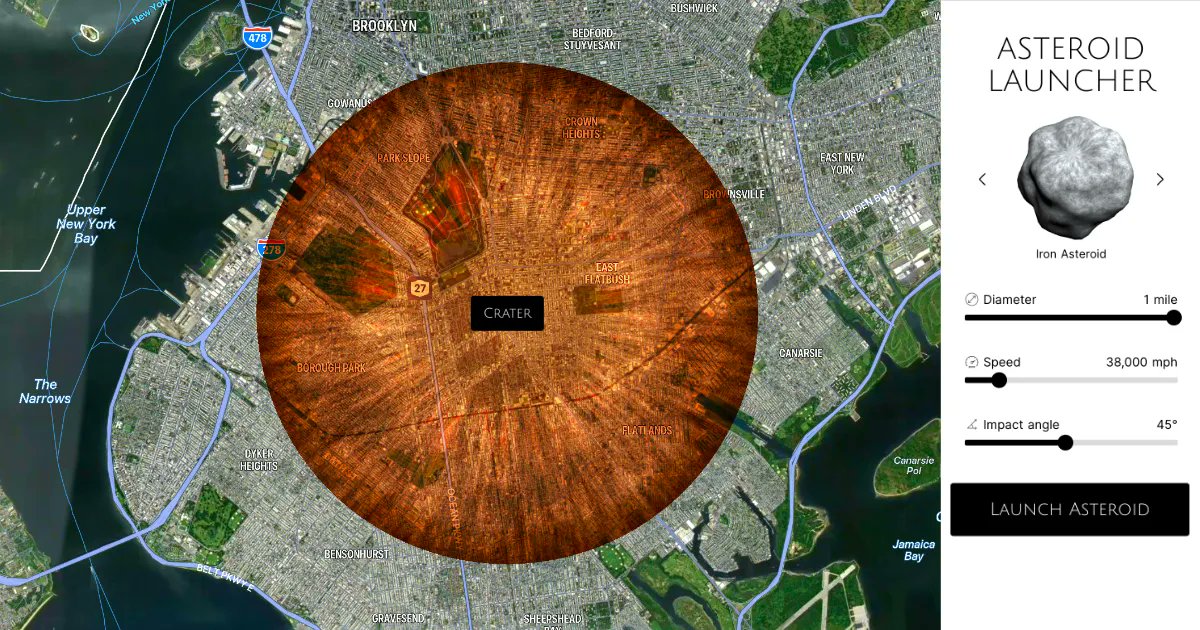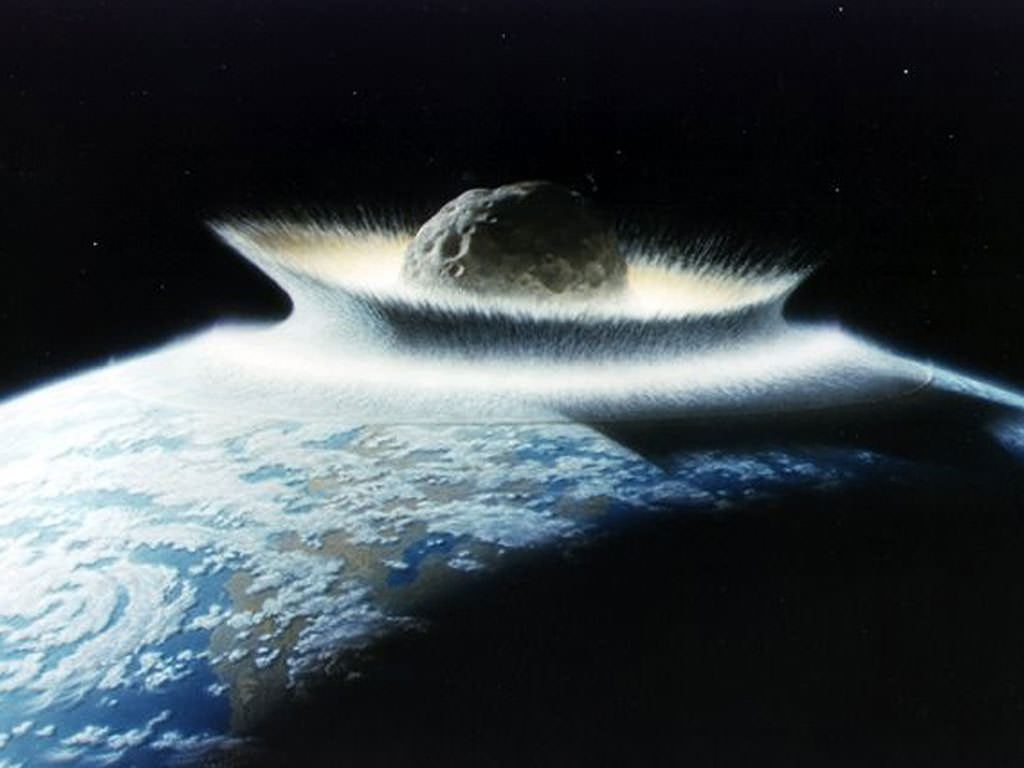Before you read the rest of this article know there are no known threats to life on Earth! We shouldn’t sit complacently on this tiny rock in space though so NASA have been working on ways to neutralise potential asteroid threats should they arise. The DART mission proved it was possible to alter the trajectory of an asteroid in space. Direct impact though where a probe smashes into the rock is one way but potentially not the best. A team of researchers have now been exploring ways that a nuclear explosion near an asteroid may send a blast of X-rays sufficiently powerful to vaporise material generating thrust to redirect the asteroid.
Continue reading “Nuclear Detonations Could Deflect Dangerous Asteroids Away from Earth”Another Asteroid Discovered Hours Before it Impacts the Earth
What were you doing last Saturday? As it turns out, I was doing something rather unexciting… Trying to fix my washing machine (I did – in case you are interested). At the same time, Hungarian geography teacher by day and asteroid hunter by night Krisztián Sárneczky was out observing and detected a small asteroid which it transpired was on a collision course with Earth!
Continue reading “Another Asteroid Discovered Hours Before it Impacts the Earth”DART Showed We Can Move an Asteroid. Can We Do It More Efficiently?
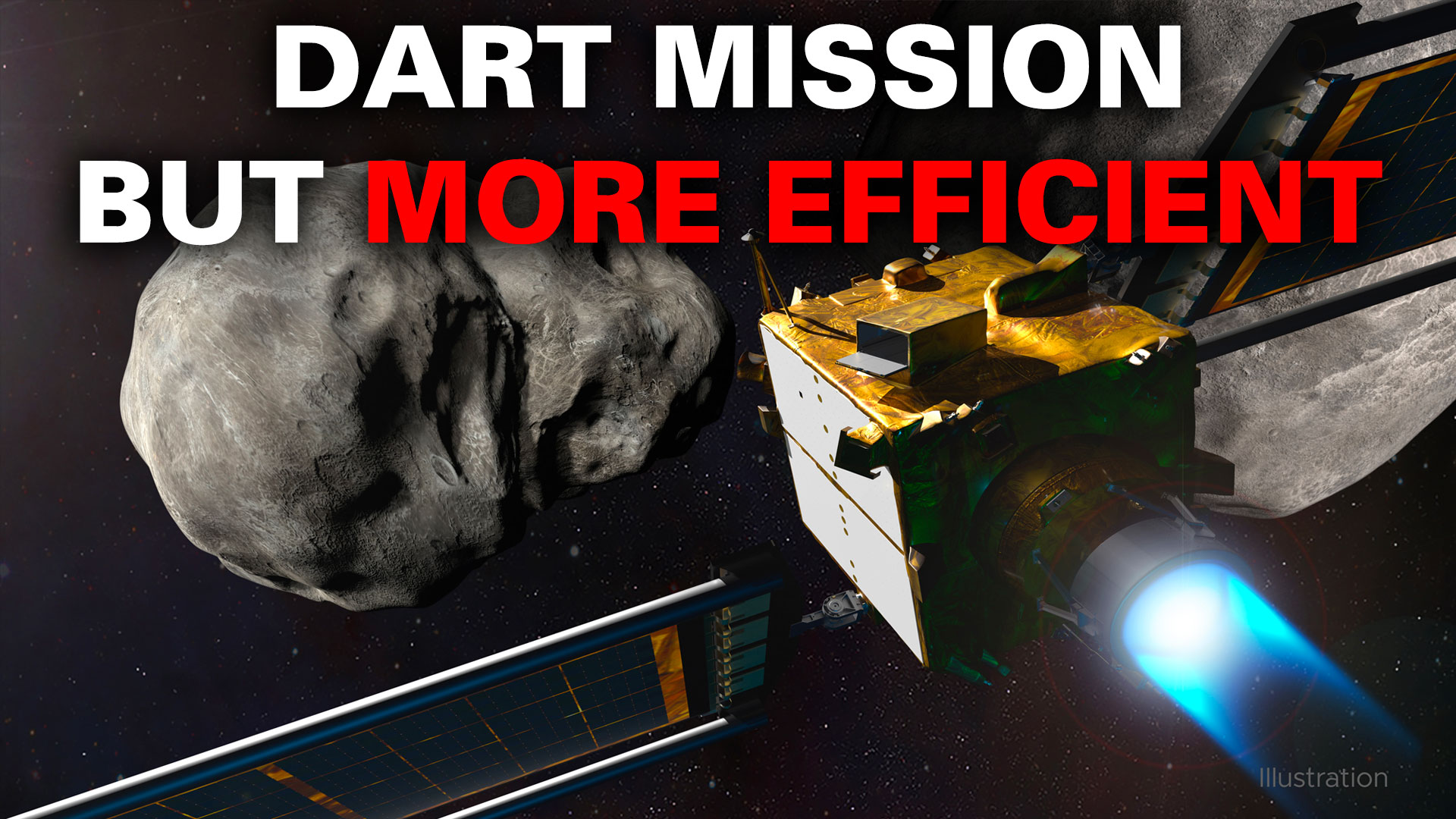
Like many of you, I loved Deep Impact and Armageddon. Great films, loads of action and of course, an asteroid on collision course with Earth. What more is there to love! Both movies touched upon the options for humanity to try and avoid such a collision but the reality is a little less Hollywood. One of the most common options is to try some sort of single impact style event as was demonstrated by the DART (Double Asteroid Redirection Test) mission but a new paper offer an intriguing and perhaps more efficient alternative.
Continue reading “DART Showed We Can Move an Asteroid. Can We Do It More Efficiently?”If You’re Trying to Prevent an Asteroid Impact, the Technical and Political Challenges are Staggering
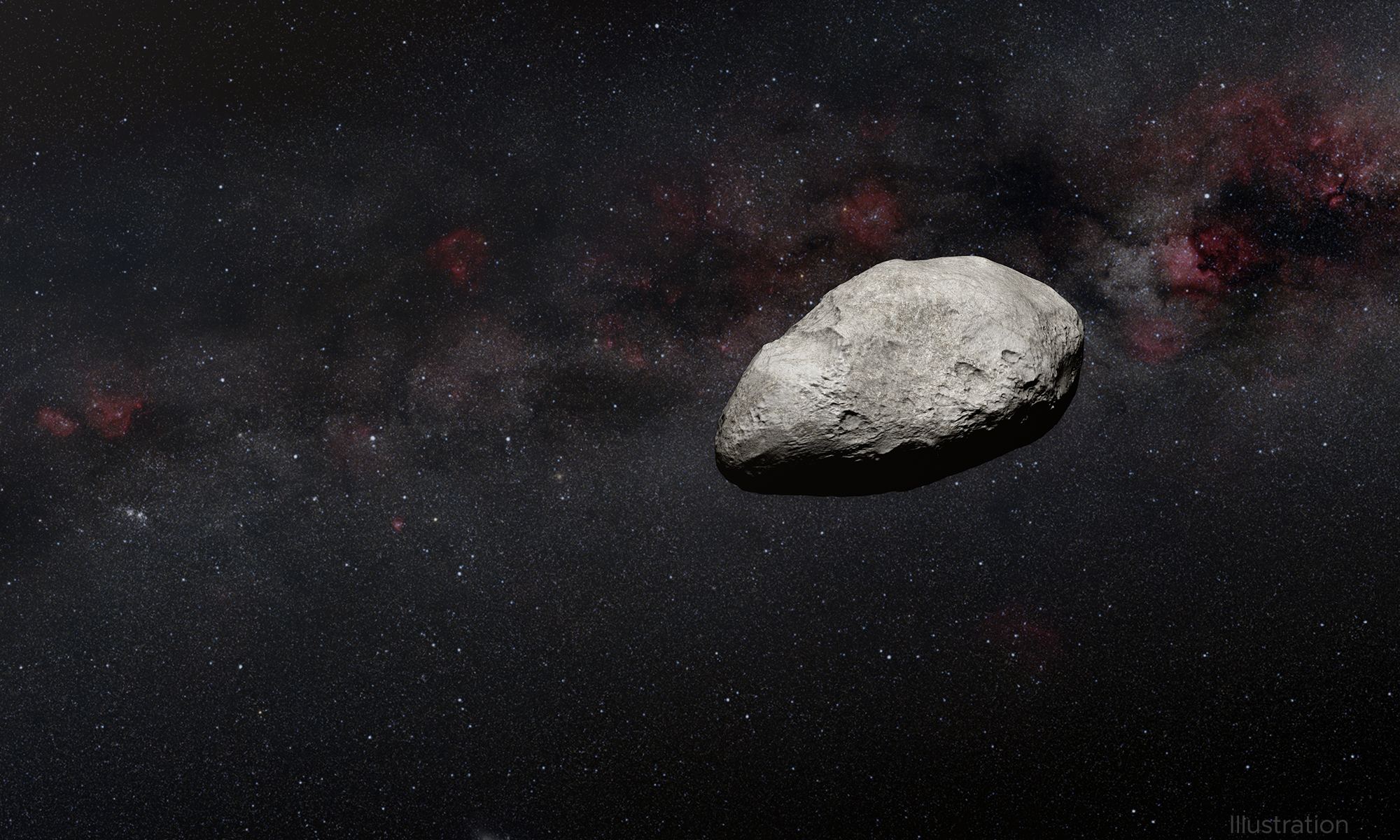
While preparing for the threat of an asteroid strike might seem like a hypothetical exercise, it’s really not. The Solar System has calmed down a lot from earlier times when impacts were more frequent. But it is only a matter of time before an asteroid heads straight for Earth. The probability of an impact is not zero.
Equally as difficult as determining when one will come for us is the task of getting humanity to cooperate and prepare for it.
Continue reading “If You’re Trying to Prevent an Asteroid Impact, the Technical and Political Challenges are Staggering”Did a Comet Airburst Destroy a Native American Community?
In 1908, when an object entered the Earth’s atmosphere above the Podkamennaya Tunguska River, it flattened 80 million trees over nearly 2,200 square kilometers, and sent atmospheric shock waves reverberating around the world. Fortunately, this event was in a remote region and very few people were believed to be killed.
But research published in Nature’s Scientific Reports in 2022 by Tankersly et al. suggested that a similar, but even more powerful comet airburst in the Ohio River Valley may have been the death knell for the Hopewell civilization, some 1,600-1,700 years ago just outside modern day Cincinnati. However, other scientists rejected the arguments.
Continue reading “Did a Comet Airburst Destroy a Native American Community?”This Interactive Tool Lets you Simulate Asteroid Impacts Anywhere on Earth
Asteroid impacts rank highest on the UN’s list of potentially species-ending calamities. They’ve been the subject of countless movies and books, some of which are accurate depictions of what would happen, and some of which are not. Now, if you’ve ever been interested to see what would happen if different sizes of asteroid impact different areas of the globe, the internet has a tool for you!
Continue reading “This Interactive Tool Lets you Simulate Asteroid Impacts Anywhere on Earth”Last-Minute Defense Against an Asteroid That Could Obliterate it Before Impact

Gazing at the night sky can evoke a sense of wonder regarding humanity’s place in the Universe. But that’s not all it can evoke. If you’re knowledgeable about asteroid strikes like the one that wiped out the dinosaurs, then even a fleeting meteorite can nudge aside your enjoyable sense of wonder. What if?
Luckily, planetary defence is at the top of mind for some scientists and engineers. One of those scientists is Professor Philip Lubin from the University of California Santa Barbara. Lubin is developing his idea called PI-Terminal Defense for Humanity. The PI stands for Pulverize It, and Lubin thinks pulverizing an incoming impactor into tiny pieces is our best bet to protect ourselves from an asteroid on short notice.
Continue reading “Last-Minute Defense Against an Asteroid That Could Obliterate it Before Impact”You Can Blow Up an Asteroid Just a few Months Before it Hits Earth and Prevent 99% of the Damage
So far, the battle between life on Earth and asteroids has been completely one-sided. But not for long. Soon, we’ll have the capability to deter asteroids from undesirable encounters with Earth. And while conventional thinking has said that the further away the better when it comes to intercepting one, we can’t assume we’ll always have enough advance warning.
A new study says we might be able to safely destroy potentially dangerous rocky interlopers, even when they get closer to Earth than we’d like.
Continue reading “You Can Blow Up an Asteroid Just a few Months Before it Hits Earth and Prevent 99% of the Damage”The Evidence is Leaning More and More Towards an Asteroid Ending the Dinosaurs
Which camp are you in: volcanoes? Or asteroids?
When it comes to the extinction of the dinosaurs, science has whittled it down to those two possibilities. The asteroid strike has been the leading candidate for quite some time now, but those darn volcanoes refuse to stand down.
A new study is presenting even more evidence that it was the impact that wiped out the dinosaurs, and not volcanoes.
Continue reading “The Evidence is Leaning More and More Towards an Asteroid Ending the Dinosaurs”Dinosaur Killing Asteroid hit Earth in Exactly the Wrong Spot
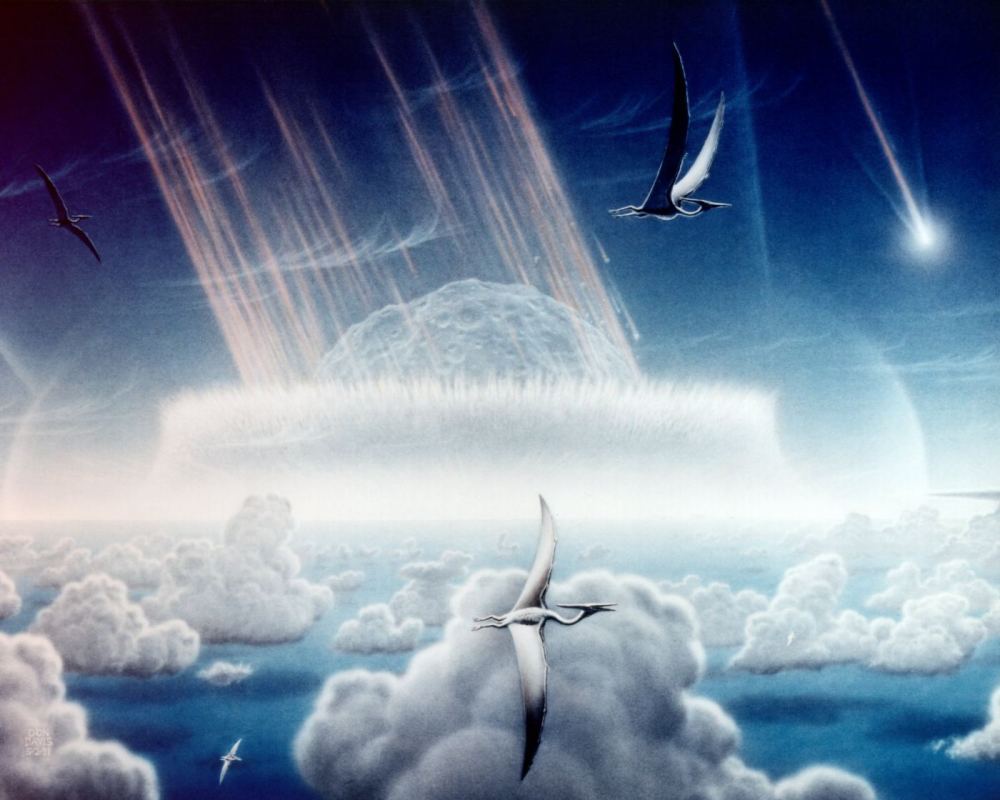
Sixty-six million years ago, an asteroid struck Earth in what is now the Yucatan Peninsula in southern Mexico. This event, known as the Chicxulub asteroid impact, measured 9 km in diameter and caused extreme global cooling and drought. This led to a mass extinction, which not only claimed the lives of the dinosaurs, but also wiped out about 75% of all land and sea animals on Earth.
However, had this asteroid impacted somewhere else on the planet, things could have turned out very differently. According to a new study produced by a team of Japanese researchers, the destruction caused by this asteroid was due in large part to where it impacted. Had the Chicxulub asteroid landed somewhere else on the planet, they argue, the fallout would not have been nearly as severe.
The study, which recently appeared in the journal Scientific Reports, is titled “Site of asteroid impact changed the history of life on Earth: the low probability of mass extinction“, and was conducted by and considered how geological conditions in the Yucatan region were intrinsic to mass extinction that happened 66 million years ago.
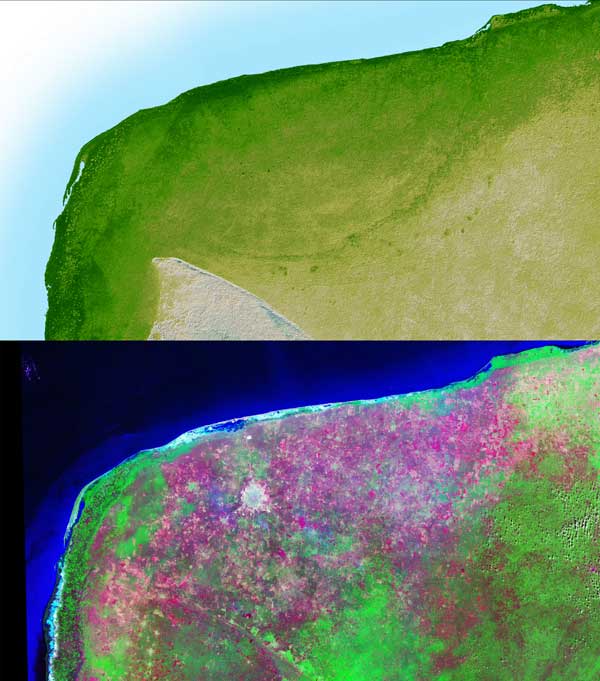
Dr. Kaiho and Dr. Oshima began by considering recent studies that have shown how the Chicxulub impact heated the hydrocarbon and sulfur content of rocks in the region. This is what led to the formation of stratospheric soot and sulfate aerosols which caused the extreme global cooling and drought that followed. As they state in their study, it was this (not the impact and the detritus it threw up alone) that ensured the mass extinction that followed:
“Blocking of sunlight by dust and sulfate aerosols ejected from the rocks at the site of the impact (impact target rocks) was proposed as a mechanism to explain how the physical processes of the impact drove the extinction; these effects are short-lived and therefore could not have driven the extinction. However, small fractions of stratospheric sulfate (SO4) aerosols were also produced, which may have contributed to the cooling of the Earth’s surface.“
Another issue they considered was the source of the soot aerosols, which previous research has indicated were quite prevalent in the stratosphere during the Cretaceous/Paleogene (K–Pg) boundary (ca. 65 million years ago). This soot is believed to coincide with the asteroid impact since microfossil and fossil pollen studies of this period also indicate the presence of iridium, which has been traced to the Chicxulub asteroid.
Previously, this soot was believed to be the result of wildfires that raged in the Yucatan as a result of the asteroid impact. However, Kaiho and Oshima determined that these fires could not have resulted in stratospheric soot; instead positing that they could only be produced by the burning and ejecting of hyrdocarbon material from rocks in the impact target area.
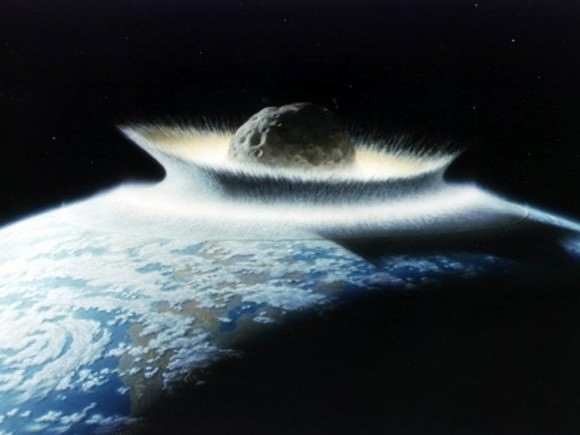
The presence of these hydrocarbons in the rocks indicate the presence of both oil and coal, but also plenty of carbonate minerals. Here too, the geology of the Yucatan was key, since the larger geological formation known as the Yucatan Platform is known to be composed of carbonate and soluble rocks – particularly limestone, dolomite and evaporites.
To test just how important the local geology was to the mass extinction that followed, Kaiho and Oshima conducted a computer simulation that took into account where the asteroid struck and how much aerosols and soot would be produced by an impact. Ultimately, they found that the resulting ejecta would have been sufficient to trigger global cooling and drought; and hence, an Extinction Level Event (ELE).
This sulfur and carbon-rich geology, however, is not something the Yucatan Peninsula shares with most regions on the planet. As they state in their study:
“Here we show that the probability of significant global cooling, mass extinction, and the subsequent appearance of mammals was quite low after an asteroid impact on the Earth’s surface. This significant event could have occurred if the asteroid hit the hydrocarbon-rich areas occupying approximately 13% of the Earth’s surface. The site of asteroid impact, therefore, changed the history of life on Earth.”
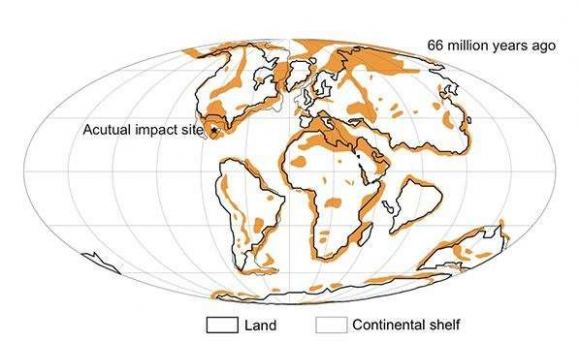
Basically, Kaiho and Oshima determined that 87% of Earth would not have been able to produce enough sulfate aerosols and soot to trigger a mass extinction. So if the Chicxulub asteroid struck just about anywhere else on the planet, the dinosaurs and most of the world’s animals would have likely survived, and the resulting macroevolution of mammals probably would not have taken place.
In short, modern hominids may very well owe their existence to the fact that the Chicxulub asteroid landed where it did. Granted, the majority of life in the Cretaceous/Paleogene (K–Pg) was wiped out as a result, but ancient mammals and their progeny appear to have lucked out. The study is therefore immensely significant in terms of our understanding of how asteroid impacts affect climatological and biological evolution.
It is also significant when it comes to anticipating future impacts and how they might affect our planet. Whereas a large impact in a sulfur and carbon-rich geological region could lead to another mass extinction, an impact anywhere else could very well be containable. Still, this should not prevent us from developing appropriate countermeasures to ensure that large impacts don’t happen at all!
Further Reading: Science Reports


